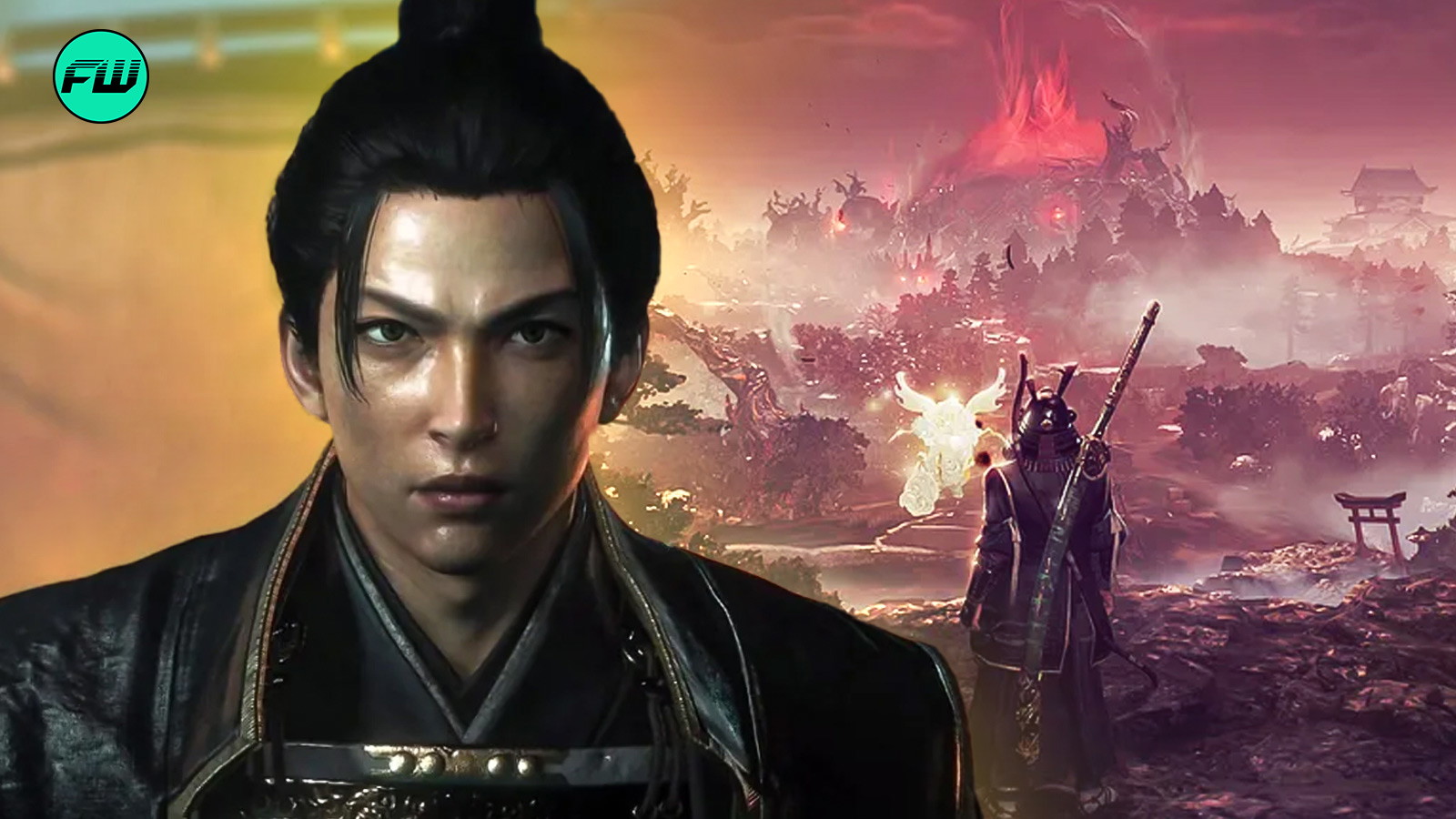
Nioh 3 dropped at Sony’s State of Play on Wednesday, and apparently everyone needs a geography lesson.
The internet immediately started throwing around “open world” like it was going out of style, but Team Ninja has other ideas about what their upcoming samurai slasher actually is.
Producer Fumihiko Yasuda recently sat down to explain why calling Nioh 3 an open-world game misses the point entirely. Turns out there’s a big difference between giving players freedom and drowning them in empty space.
Why Nioh 3 refuses to go full open world
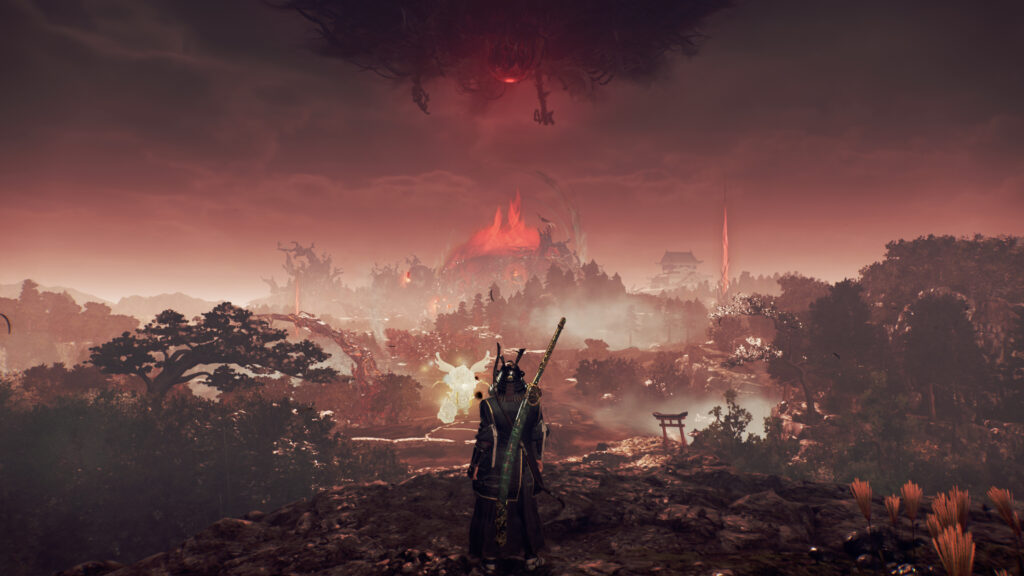
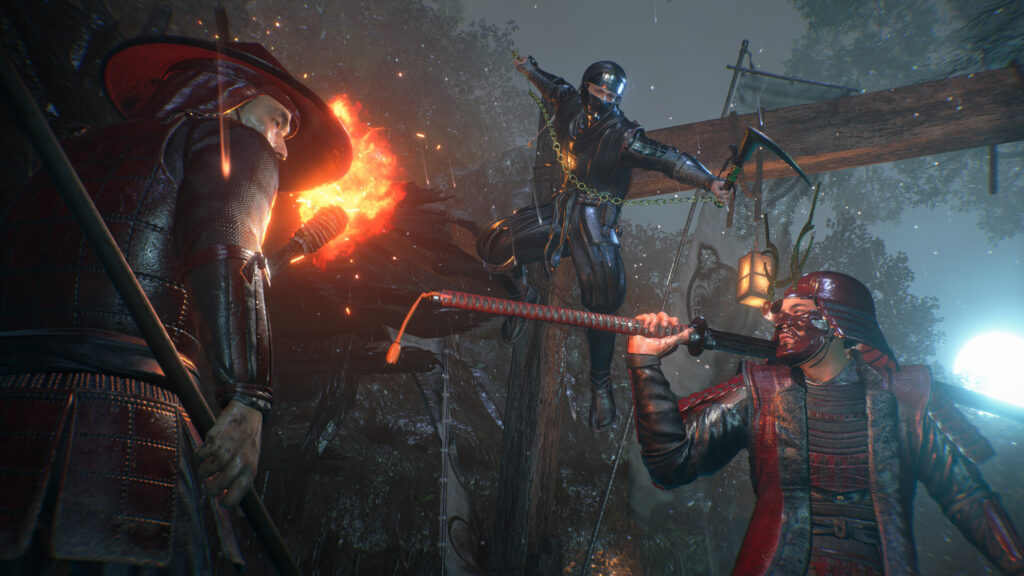
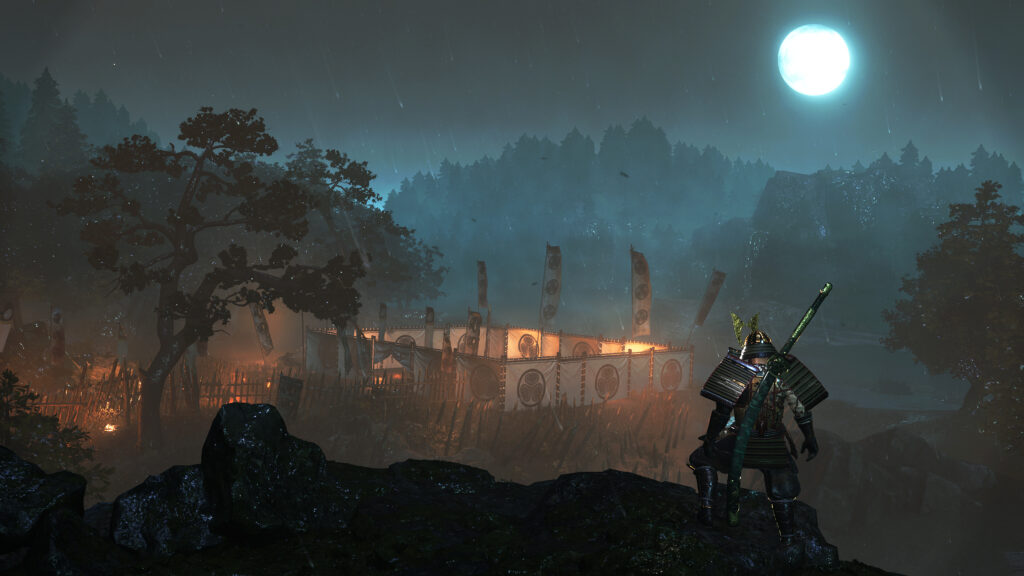
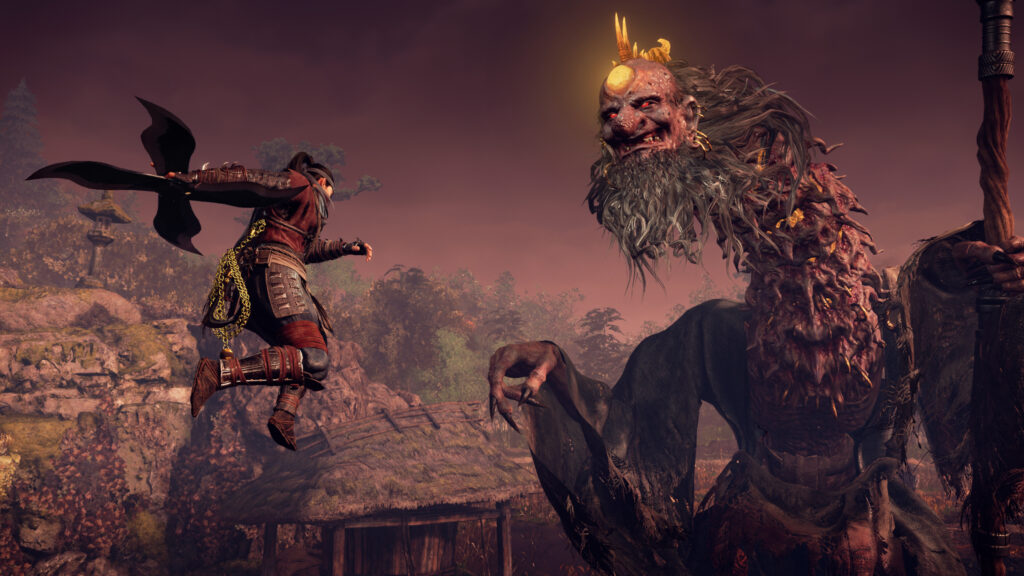
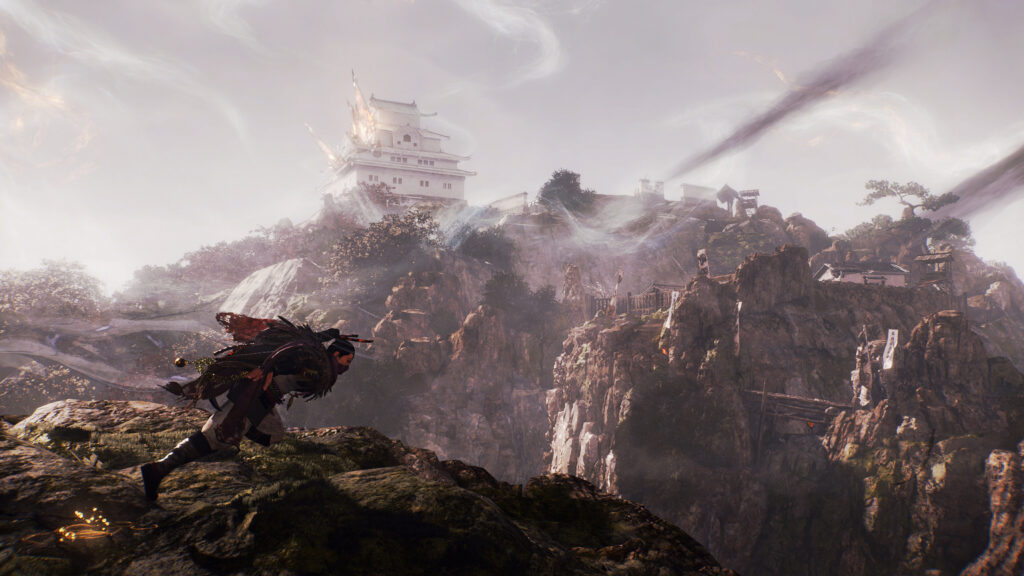
Team Ninja has been pretty clear about their design philosophy, and it doesn’t involve copying whatever FromSoftware or Ubisoft are doing this week. The studio is sticking to what made the Nioh series work in the first place, even if that means swimming against current industry trends.
The development team has very specific reasons for avoiding the open-world label, and they’re not shy about explaining them. Their approach focuses on maintaining the series’ signature intensity rather than chasing the latest gaming buzzwords that sound good in marketing meetings.
In a recent interview with Japanese media outlet 4Gamer (translated by Automaton), Yasuda made it crystal clear where the team stands on this debate:
If we were to dilute the map’s density to capture the vastness of an open world, it would no longer be Nioh 3. If we’re making Nioh 3, the density and craftmanship of the gameplay are non-negotiable.
That’s basically Team Ninja telling everyone what many still refuse to comprehend: that bigger doesn’t always mean better. The team understands that Nioh players come for the challenge, not for endless fields of nothing to explore. They want every corner of the map to matter, not just serve as filler between actual content.
The “open field” concept allows for exploration without sacrificing the brutal difficulty that defines the series. Yasuda describes their goal as creating “a seamlessly connected Nioh that grants players freedom in field exploration” while maintaining what he calls “a dense, die-and-retry experience.”
The hell areas prove Team Ninja knows their audience
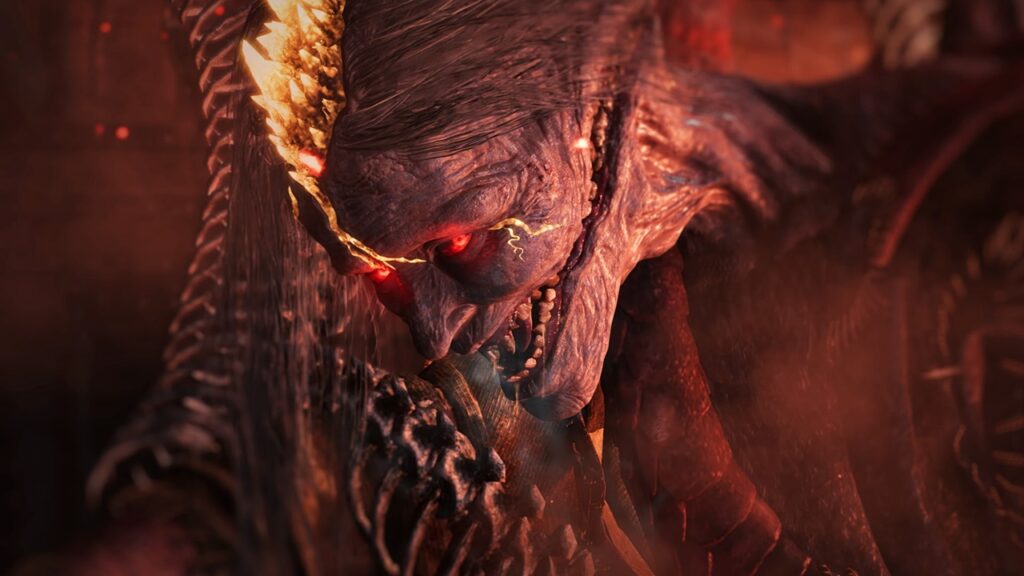
The most interesting part of Nioh 3‘s design might be the “hell areas” scattered throughout the map. These zones sound like Team Ninja’s answer to the question of how to make exploration rewarding without making it mandatory or tedious.
These corrupted areas offer high-risk, high-reward gameplay that fits perfectly with the series’ masochistic appeal. Team Ninja describes them as “areas corrupted by the intense spiritual energy of yokai” that function as “high-risk, high-reward zones” for players seeking extra challenge.
The hell areas solve a common problem with modern game design: how to make exploration feel genuinely worthwhile.
Instead of littering the map with collectibles and fetch quests, Team Ninja is placing legitimate challenges that offer meaningful rewards. Players who venture into these areas know they’re signing up for punishment, but they also know the payoff will justify the suffering.
This approach shows that Koei Tecmo understands its audience better than most publishers. Nioh players don’t want their hands held or their time wasted with padding. They want to be challenged, defeated, and then given the tools to come back stronger while maintaining the series’ core identity that made it stand out in the first place.
What’s your take on Team Ninja’s approach to open-field design? Do you think they’re right to avoid traditional open-world mechanics, or should they embrace the trend? Share your thoughts in the comments below!
This post belongs to FandomWire and first appeared on FandomWire
